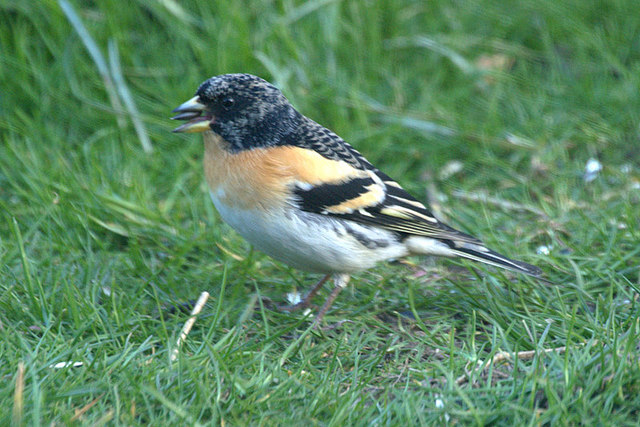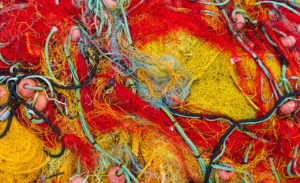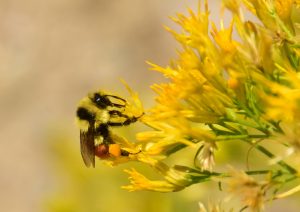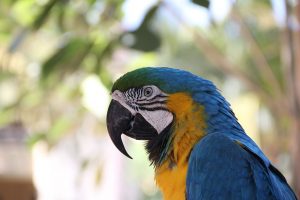An A-Z of British Birds, B is for Bashful
The famous booming is the most conspicuous thing they’ll ever do, though, unless you happen to see one in flight. Most of the time they’re masters of disguise.
 Image: Mike Pennington [CC-BY-SA-2.0 (http://creativecommons.org/licenses/by-sa/2.0)], via Wikimedia Commons
Image: Mike Pennington [CC-BY-SA-2.0 (http://creativecommons.org/licenses/by-sa/2.0)], via Wikimedia Commons B is for bashful, by which I mean birds which don’t always show themselves off at first opportunity. Birds you have to work a little to see, but I can promise from experience you’ll be rewarded with memorable, dare I say, brilliant sightings if you seek out these three.
My first is Bittern. Something of a rare and welcome success: 100 now noisily advertise their presence in the UK every breeding season. The famous booming is the most conspicuous thing they’ll ever do, though, unless you happen to see one in flight. Most of the time they’re masters of disguise. Their remarkably long, well-striped necks imitate the varied angles and shadows of their reed bed home so perfectly, they can disappear for hours. You see bitterns nowhere, and everywhere. But you can’t be sure. Sometimes the game is up when a sudden disturbance puts your quarry into alarm mode, neck craning and bill pointing straight to the sky. Or at dusk, when the day’s feeding is done, they will often climb up a reed to find a more comfortable roost for the night. But best of all is when you stare, by chance, at the right place in the reeds, the magic eye puzzle is solved, and suddenly the bittern is there, and always has been. Bittern watching has long been a favourite feature of my winter’s birding.
By contrast, today’s other selections are colourful finches. Bramblings are a most attractive winter visitor, decked out in orange, white, grey and black, often with a delicate bluish tinge around the head. Easy enough to identify you might think, and indeed if you stumble across a decently sized flock you’ll know them instantly as something different. It’s when a handful associate with the similarly sized chaffinch that they step back into a mass of familiar birds; then another wait is required, until one resolves itself from out of the crowd.
Bullfinches, with which you might be more familiar, tend to rely on deep cover instead, staying surprisingly out of sight whilst feeding. Often they’re given away by their melancholy contact note, a soft, down slurred ‘peue’, or by tell-tale white rumps bouncing away along the hedgerow. Winter might well be the best time to see them, whilst most of the branches are bare. Happily, they are being seen more in gardens in recent years, an opportunity for more people to get to know this favourite countryside finch.
These aren’t birds you see every day, but they are readily available to most of us across Britain at this time of year. Inspiring creatures that will handsomely reward a sometimes patience-testing winter pursuit.





No comments yet.